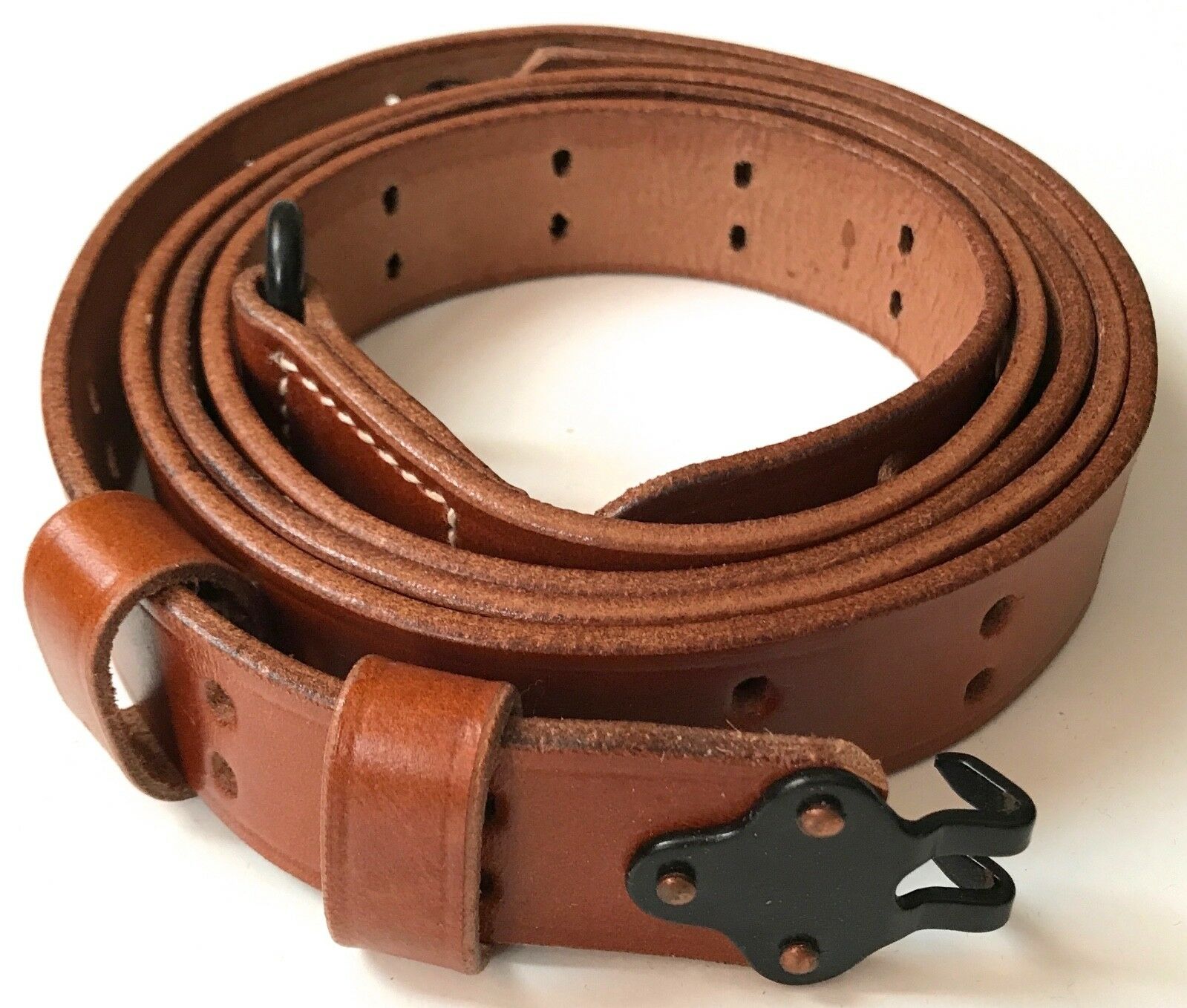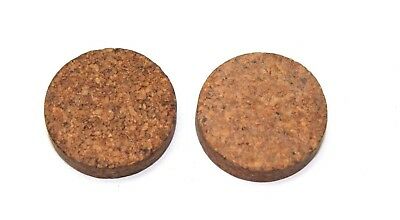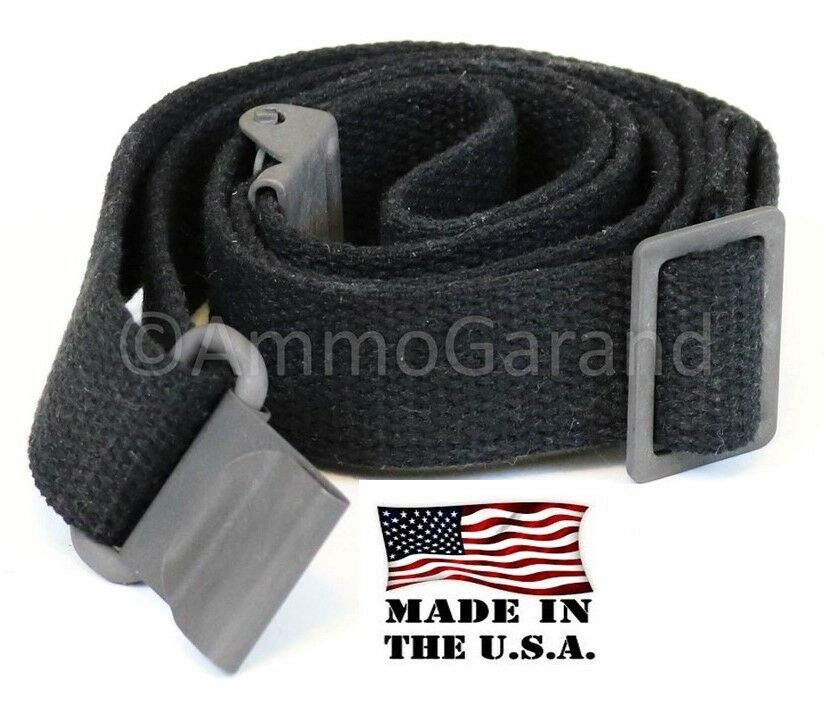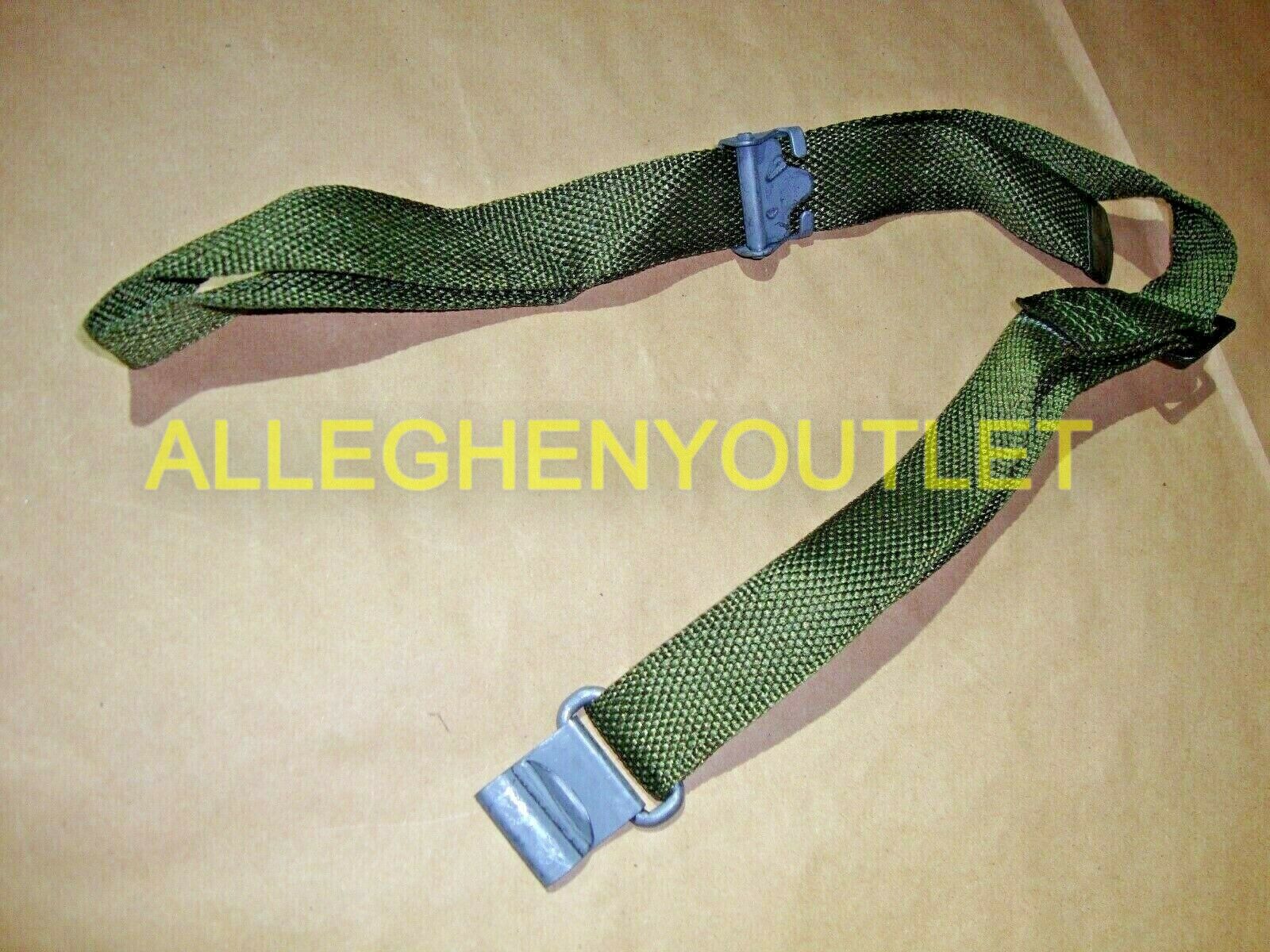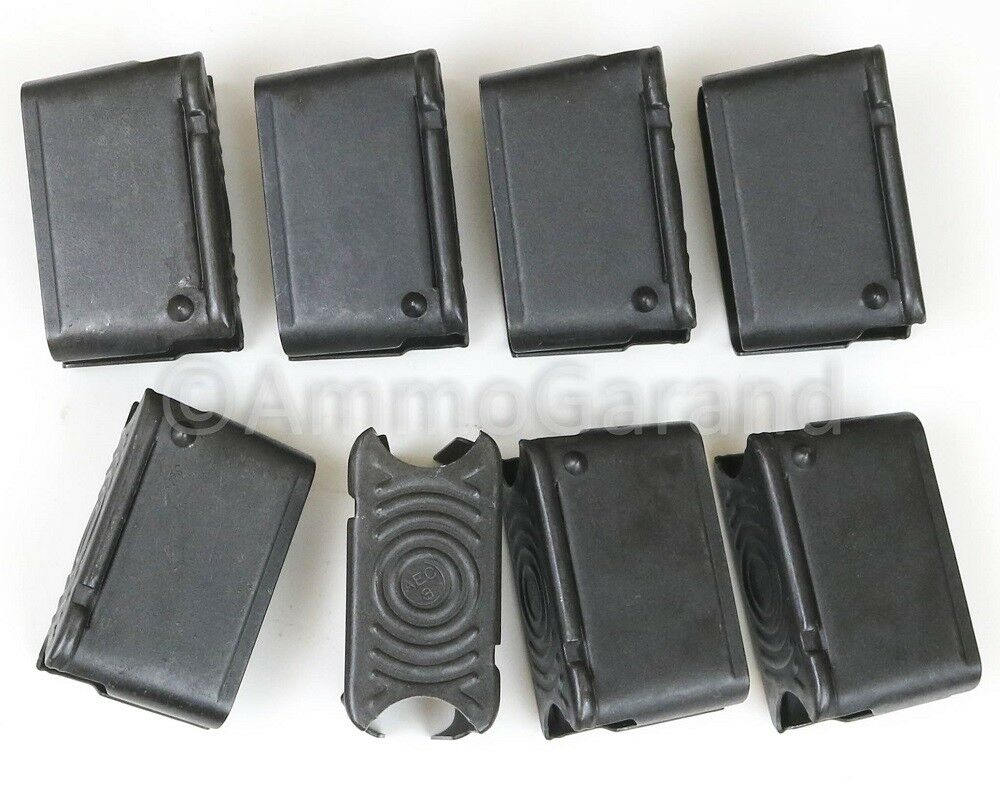-40%
WW2 USMC Rare P2Cover & Unissued Canteen & Cup ("USSCO 1943" "M.A.CO.1943") NOS!
$ 118.8
- Description
- Size Guide
Description
WWII USMC Rare P2 Philadelphia QM Depot-made CANTEEN COVER, "Named" with Scarce matching "1943" CANTEEN and CUP!NOS Unissued
Canteen and Cup!!!
Here is the EARLY-war, iconic U.S.M.C. Canteen COVER, usually seen in pairs, on Cartridge and Pistol Belts from Guadalcanal in the Solomons in 1943 to Okinawa in 1945! USMC Aviators in the Pacific also wore a Canteen in this cover in the cockpit of their fighters.
This COVER is superb condition, showing only a 'veteran's patina' of real in-theater service, whereas the Canteen and Cup would rate as NOS Unissued examples, showing only storage age.
The
EARLY Golden Khaki unlined Depot-made Cover
has
PAINTED STEEL
"Lift-the-Dot" SNAPS
(Not BRASS
, which suggest
late-1942
at the earliest, but most likely an
early-1943
date) . Although collectors have designated Covers with the
"L-T-D"
SNAPS
as the 'second pattern' (P2), there are no
Marine Corps Equipment Board
specifications or documentary evidence suggesting that EITHER the
"DURABLE" SNAP
closures OR the the
"Lift-the-Dot"
SNAP
closures was the "earlier" of the two hardware features. It has been conjectured that BOTH were used concurrently at the Depot!
This example shows
ZERO
fraying, holes, fabric tears, seam separtions, loose stitching!! There is only the
SLIGHTEST
fading to the
GOLDEN
KHAKI
canvas which was used exclusively by the
USMC Philadelphia Quartermaster Depot.
- This Cover was NEATLY and LEGIBLY stamped twice in 1/8" capitals with the Marine's name,
"B. V. SZCZEBIAK,"
once vertically on the right rear and of the bottom.
Note: A quick survey of the 1st through the 6th MARINE DIVISION histories published immediately following the war turned up little.
B. V. SZCZEBIAK's name does not appear in the 1st and 6th MAR DIV's lists of of KIA and Died of Wounds. Nor does
B. V. SZCZEBIAK's name appear in the numerous rosters of the 5th MAR DIV. And the absence of a "UNIS" stencil on the Cover would appear to rule out
B. V. SZCZEBIAK being with the 4th MAR DIV since the Marines of the 4th stenciled virtually everything.
This Cover is worthy of research. I suspect it was carried in the very earliest campaigns.
- The
USMC-specific M1910 BELT HOOK
of Blackened
STEEL
is in
PERFECT
condition, i.e.
ZERO
rust, corrosion, or bends!
- The
"High-mounted" Light Shade OD#3 Web BELT HOOK ATTACHMENT TAB
is still secured stitched to the body with
GOLDEN KHAKI
thread and shows
ZERO
fraying! In July of 1943 the Marine Corps Equipment Board specified the the Attachment Tab on the Canteen Cover was to be moved to "Mid-level" to prevent the Canteen from 'floppping up and down when the Marine ran. That establishes the date of manufacture of this Depot-made cover as sometime between 1941 and July 1943.
- The interior of the Cover is
CLEAN.
The Depot's blue or red ink
"DQP" and "fiscal year of manufacture" stamps
have long since washed off in the surf of Pacific Island beach landing.
+++++
- The
NOS Unissued M1942 CANTEEN
is a SCARCE variant from the
UNITED STATES STEEL COMPANY
, and is lightly but legibly stamped on the bottom, (
"U.S. / USSCO / 1943").
This has to be one of the
VERY FIRST M1942 CANTEEN
variants. Aluminum was declared a 'conserved metal in 1942, reserved almost exclusive for Aircraft production!
-
Two minor dings
, but this does NOT appear to ever have been issued!
- Despite being a welded
HORIZONTAL
-seam model it is still being made of
ALUMINUM
(NOT Corrosion Resistant Steel), bead-blasted so as to be non-reflective, with a CAST NECK swagged to the body.
- The manufacturer,
United States Steel Company
,
is a less commonly encountered name on Canteens, awarded smaller Canteen contracts.
- The
M1942 "Bakelite" CAP
is an EARLY model with the
PROTRUDING/EXPOSED Chain Post
. It is in PERFECT condition with ZERO cracks, scratches, or degradation of the Bakelite (which was subject to 'weathering')!
- The
ORIGINAL Chipped CORK GASKE
T is present.
- The
CHAIN is the EARLY "Long" model
with ZERO bent links, and only the slightest discoloration!
*****
The
NOS Unissued 1910 CANTEEN CUP
from the
MASSILLON ALUMINUM COMPANY
of Massillon, Ohio
is Handle-stamped
( U.S. / M.A.CO./ 1943
, retains virtually all of the the features of the earlier M1910 Cups of the WWI era: it retains the
EARLY "Rolled" Lip
, and is made of
ALUMINUM
, despite being dated
"1943".
-
ZERO
dents, or interior food stains or scratches from utensils -- on typical storage wear!
- The
HANDLE
folds and locks in place smoothly and show only the typical storage
*****
U.s. STEEL: DEFENDING FREEDOM
Answering the Call with the Strength of Steel.
Over the course of wars and the periods of peace that followed,
U. S. Steel supplied hundreds of millions of tons of steel used to build planes and ships of all sizes, as well as tanks and a wide variety of other military equipment. U. S. Steel products were used to build 119 Landing Ships/Tanks (LSTs) in World War II, with increased wartime production helping to cut LST construction time from 260 days to just 30 days.
The people of
U. S. Steel
also have always answered the call. During World War II, more than 113,000
U. S. Steel
employees enlisted or were drafted by the armed forces.
*****
Massillon History: Enterprise Aluminum Company
In 1914, with the financial backing from Richard E. Bebb, Blaine Zuver founded the Enterprise Aluminum Company in Massillon. The former Massillon Rolling Mill was to be the new site for the company, when it opened in 1915. A year later, Massillon Enterprise Aluminum Company grew and manufactured fifty two different new products. The one they were best known for were their Drip-O-Lators.
The Drip-O-Lator was invented Enterprise Aluminum Company’s second president, Richard E. Krause. These inventions were designed with an array of china designs with aluminum liners. The Drip-O-Lator changed the coffee drinking customs of America, as the percolated coffee dripped right into the pot, ready-to-serve. There were many different sizes and designs for these pots.
In 1920 the Enterprise Aluminum Company built its own plant on Oberlin Road, and added offices eight years later. During the 1930s, employment peaked when the company had approximately 450 people working at the plant.
During World War II when the sale of aluminum cookware was prohibited, the plant switched over to produce war goods for the Army, Navy, Air Force, and Marine Corps. All in all the Enterprise Aluminum Company produced approximately 6,000,000 Fuse Seal Liners; 4,000,000 Fuse Adapter parts; 5,000,000 meat cans; 5,000,000 mess trays; 3,000,000 canteen cups; 2,400,000 smoke canisters; and 600,000 bomb fins and crates. They also supported the Korean War in 1950, again producing aluminum war goods for the Armed Forces.
In 1952, Enterprise decided to construct a new 70,000 square foot plant in Oneonta in New York, as well as Chicago and other cities. The Oneonta plant was opened in 1953 and closed ten years later in 1963 because the company realized that centralized manufacturing was essential.
Enterprise Aluminum Company built a plant in Georgia, and moved all of its manufacturing to the plant in 1956. This affected 150 jobs in Massillon. When the company offices moved a total of ninety people were dismissed or transferred to another plant.












